While the Sailor Moon series is generally a challenge in its own right to translate in such a way that not only gets across what’s being said, but the style and nuance as well, my heart truly goes out to those who are tasked with translating the lyrics to the series’ music.
As a wise person (me) once said (right now): 80% of the meaning of music cant be found in the words that go unspoken.
Today we’re going to take a look back at yet another Sailor Moon lyrical mystery, as we try to uncover just what this fanciful song about fruits, pies, and kidnapping children is all about!
If you’ve ever stayed up late at night, enjoying the cool evening breeze through your window as you hope — nay, pray — to hear the siren call of the Three O’Clock fairy… well, I have some news for you.
First and foremost, you really should close your window and lock your doors at night. That’s just flat out dangerous. Who knows what kind of tuxedo-wearing negacreeps are lurking out there?
Second and secondmost,1 you’re going to be waiting quite awhile. Over 12 hours, in fact. You see, the “three o’clock” fairy actually gets their name from a Japanese colloquial name for snack time (i.e., 3 pm).
Frankly, this is something that I never even picked up on until I actually sat down and read through the lyrics to this song, since I just took it for granted that it was obviously referring to a fairy lurking out past the witching hour,2 waiting to lure young kids (and older kids, in the case of Usagi) with the promise of sweets and candy.
Alas, that’s not the case.
Since at least the late 1930s,3 10 am and 3 pm have been referred to in Japan as “snack time” for both children and adults alike. The latter of the two times goes back even further, all the way back to the the Genroku period (1688-1704)4 and is even the source of the Japanese word for snacks — おやつ (oyatsu):5
Oyatsu may also be written as 御八つ, which means the 8th period of the day (this translates to 2-4pm as one period is 2 hours). During the Heian Era, […] farmers only ate two main meals of breakfast and dinner. This changed and manifested in the Edo era as 3 fixed meals plus snack time.
During the Meiji period (1868-1912),6 when the country changed over to the western method of counting time, this became three o’clock, and from there the connection between snack time and 3 pm was born.
If you were to localize rather than translate the song, something like “Snack Time Fairy” or even “Afternoon Tea Fairy” (for the British among us) wouldn’t be all that bad of a choice.
Since we’re already on the topic of discussing the lyrics of this song, I figure we might as well take a look at all of the food items mentioned while we’re at it. You know, for the sake of being thorough.7
- Mint pie
Oddly enough, I can’t actually find anything that’s commonly referred to as a mint pie in Japanese, and the best hits I can find in English are all just generic recipes that just happen to have the name. The best guess I could find online is that this was a mistake/shortening of “minced (meat) pie,” but that sounds a bit unlikely to me.
- Apple pie
- Cake
- Cookie
All pretty standard. Next!
- Prune pudding
If prune pudding sounds absolutely disgusting to you, you’re probably not wrong. But this isn’t exactly prune-flavored pudding that we’re discussing here. In Japanese pudding, or purin (プリン), often refers to flan, a custard dessert often topped with caramel sauce. Or it could be a soy-milk based pudding. The word is kind of used loosely. In either case, the dessert in the song would be accompanied by a prune jam or syrup.
- Chocolate
- Nut bread
Chocolate? Check. Nut bread = bread with assorted nuts baked in it? Good.
- Bean paste bread
A staple of Japanese sweet breads, anpan is a roll filled with a sweet paste made out red beans. It also, incidentally, is what Anpanman’s head is made out of.
- Candy
- Gum
- Waffle
- Doughnut
All pretty standard stuff, with one small note that in Japan pancakes and waffles are considered snack time foods, and not a “part of a balanced breakfast,” like old-time American TV shows led me to believe.
I really do enjoy taking a closer look at the lyrics for the many, many songs in the Sailor Moon series, to be quite honest. Unfortunately, as someone who typically just listens to music without giving lyrics a second thought, it’s hard for me to get a sense for what songs people would like to know more about.
This song analysis, in fact, was suggested to me through Twitter (@t_unmasked), but I’m always open to suggestions anywhere you can find me.
Is there any song you’ve always had questions about? Let me know down below!
References:
- Yes, I’m aware that’s not a word. Thank you. ↩
- See Witching Hour (Wikipedia) ↩
- See History of Snack Time (Wikipedia) ↩
- See Genroku Period (Wikipedia) ↩
- See Is there an Afternoon Tea time in Japan? ↩
- See Meiji Period (Wikipedia) ↩
- See Sanji no Yousei Lyrics ↩
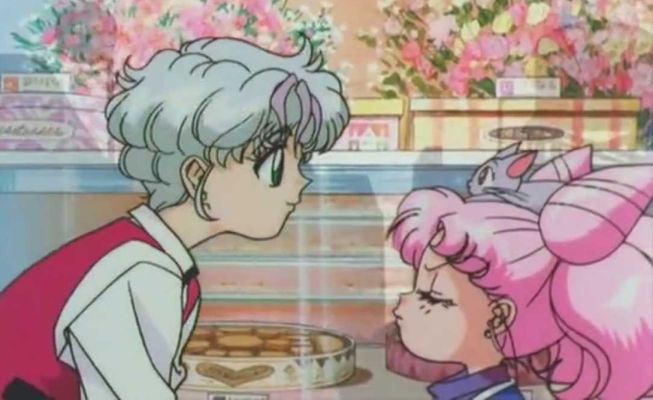
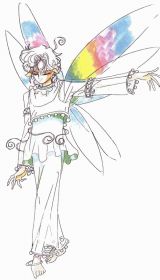
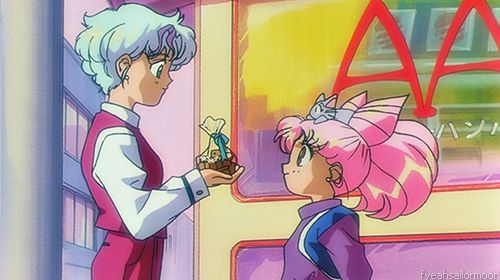
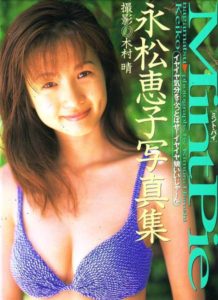
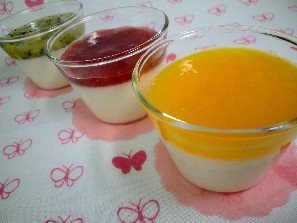
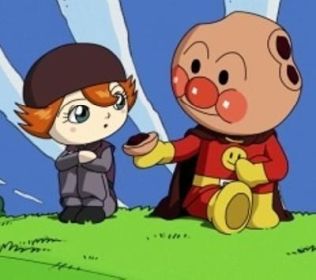
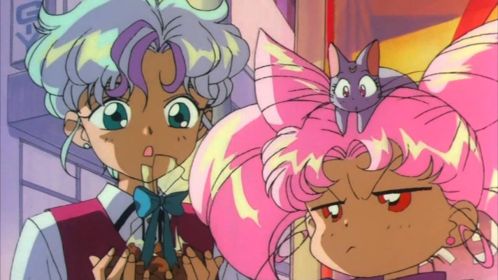

Interesting stuff. The Bunmeido jingle is super addictive, I’ve gotta say. I remember reading that Bunmeido was such an old, well-established company that they supposedly had the second-ever phone in the country (and hence a phone number of “2”, as per the song) — not sure if I believe that!
As far as the pudding goes, I think “prune” may be inaccurate — the dried fruit in question is usually referred to as プルーン, not the プルン seen in the lyric sheet. On the other hand, プルン/ぷるん are common onomatopoeia for the soft jiggling motion/consistency of puddings, jellies, and the like. “Pudding that shakes when you lick it” might be the intended meaning. As you say, though, it’s hard to tell with song lyrics sometimes.
It’s entirely possible that purun (プルン) here is more in reference to the fact that it’s jiggly and about the texture itself. It’s also make sense in the context of purin/flan/custard pudding/whatever you want to call it.
The only thing that I find a bit off about that is that it strikes me as really odd to see it written in katakana — typically you’d see the word written exclusively in hiragana when it’s being used in such a descriptive fashion.
But, as you point out, it’d be a misspelling for prunes anyway, so if we’re going to accept that the word is off one way or another, then as you say, the jiggly/texture description may be a good interpretation!
Let’s please go with this explanation. Some how the thought of prune pudding is so awful to me!
Plum pudding I can handle, but prunes…ew!
I actually like prunes. After all, they’re said to help with your Digestion. 😉
More than 1 year went by, so it should be fine to ‘double-post’.
I have the feeling this story takes much inspiration from the ‘Pied Piper of Hamelin Town’ Legend: Said Piper lures the kids of the Townsfolk to their deaths (?) with his flute as a Revenge for the latter not paying their debt after he had gotten them rid of the rats in town.
P. S.: Also *LOL* at your Game of Thrones reference. Tyrion’s the best. 🙂
Mint pie = Yorkshire peppermint patties I always assumed. Deeeelish!
…how is gum a snack?